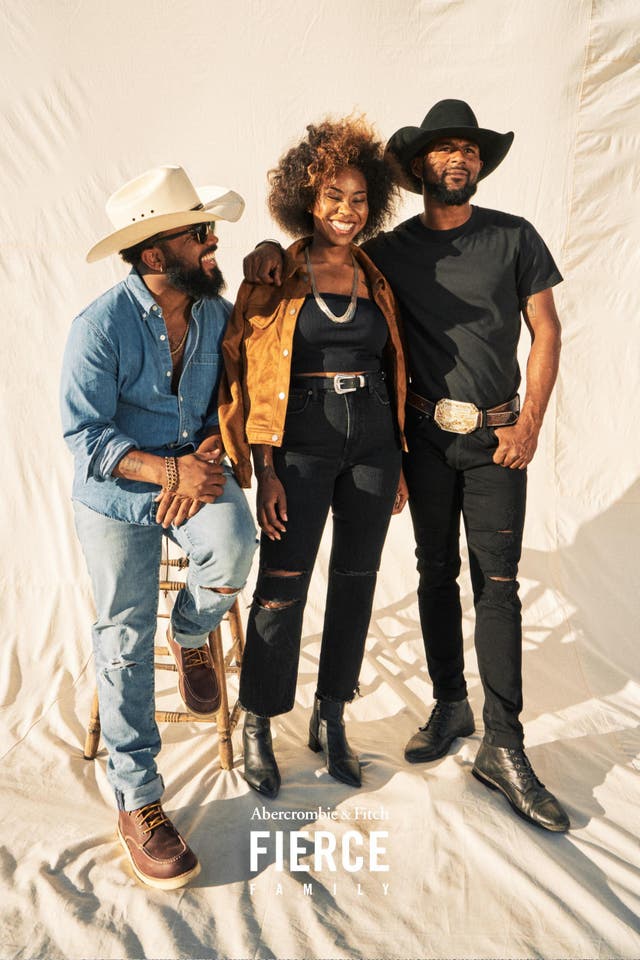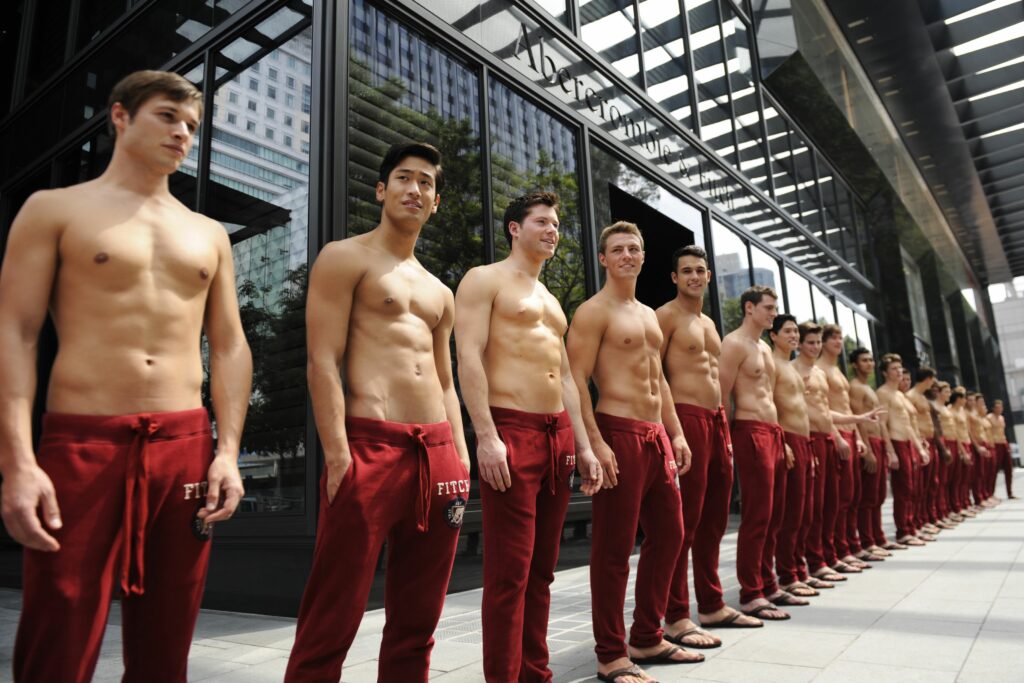
Inclusivity is an important part of success for a business. For many years, brands such as Abercrombie, have been major culprits of using relatively slim models for the face of their brand. If you know have ever shopped at Abercrombie, you will know this slim aesthetic also runs right down to the cashiers and floor staff, not just the models representing the brand. Tall, golden-skinned men, with more abdominal muscles than you can count and petite females with long blonde hair and sunkissed skin, have been the face of Abercombie for years now. However, this aesthetic might be what is bringing them down, is this really a smart business move?
As the world begins to learn that all bodies are beautiful, many brands are attempting to rebrand themselves to fit in with the current body positivity movement.


The decision for this new campaign has come a long 14 years after the clothing brand had faced a lot of controversy for comments made by the former CEO Mike Jeffries in 2006 about the types of customers the brand aims to target (Ritschel 2020). Originally, it was seen that the brand was made for kids that were attractive and classed as cool, the price tag too reflected this. The brand was said to go after the cool kids with “a lot of friends and good attitudes”, the “all American kids”. Jeffries told Salon, “a lot of people don’t belong [in our clothes], and they can’t belong. Are we exclusionary? Absolutely. Those companies that are in trouble are trying to target everybody: young, old, fat, skinny. But then you become totally vanilla” (Ritschel 2020). In today’s society, this would be seen as an outrageous target for a brand and the complete opposite is now happening. Brands that have started to target their clothing to everybody, or more than what they did before, are increasingly becoming favourited and more popular. Before 2014, the brand sizes did not exceed a size 10. The average dress size currently for females in the UK is a size 16 (Hosie 2017). Excluding larger sizes can sometimes make consumers who fit into their target audience feel special, however, this is not a healthy way to live. The only way we can get out of this message is if more and more brands continue to expand their sizes and models. The good news: leading retailers and brands, including Walmart, Marks & Spencer and athleisure giants Nike, Puma and Adidas, have all developed plus-sized lines. And in the US, Universal Standard, founded in 2015, has taken size inclusivity to a new level, selling clothes up to size 40 (Ashley 2020). Brands as large as Nike and Walmart developing plus-sized lines is a huge improvement and honour to the plus-size community. For so long, there have been many negative connotations with being plus size and it’s finally starting to sink into peoples minds that we are all the same, no matter what shape or size. Plus-sized consumers should always be able to shop at the same places as people who are considered slim, it really does paint the world of fashion and business in a bad light. A lot of brands use the excuse that there are a lot more productions costs when it comes to the manufacturing of plus size garments, fabrics often come in only a few different widths, resulting in wasted material when changing the size of the materials. They also often argue that factories lack experience in making clothing for plus-sized people.
“History of exclusion”.
The term “history of exclusion”, implies that this type of exclusion has been going on for many years. “Exclusion” portrays a very negative idea, in that plus-size consumers are not part of the same group and in an extreme opinion, not human. As extreme as that may sound, a history of exclusion may have made plus-sized people feel exactly that, which is why the body positivity movement extremely needed, to ban body-shaming and discrimination.
- References
- Abercrombie&Fitch, 2020. Introducing the fierce family. [image] Available at: <https://www.independent.co.uk/life-style/abercrombie-and-fitch-plus-size-inclusivity-ad-campaign-jeans-a9322031.html> [Accessed 9 May 2021].
- Ashley, B., 2020. What happened to plus-size?. [online] Vogue Business. Available at: <https://www.voguebusiness.com/fashion/what-happened-to-plus-size> [Accessed 6 May 2021].
- ELLE, 2015. An ode to the shirtless Abercombie & Fitch models. [image] Available at: <https://www.elle.com/culture/celebrities/news/g26180/abercrombie-fitch-models/> [Accessed 5 May 2021].
- Hosie, R., 2017. How women’s bodies have changed over the years. [online] The Independent. Available at: <https://www.independent.co.uk/life-style/health-and-families/womens-body-changes-1957-self-image-fashion-weight-health-sizes-positive-a7633036.html> [Accessed 6 May 2021].